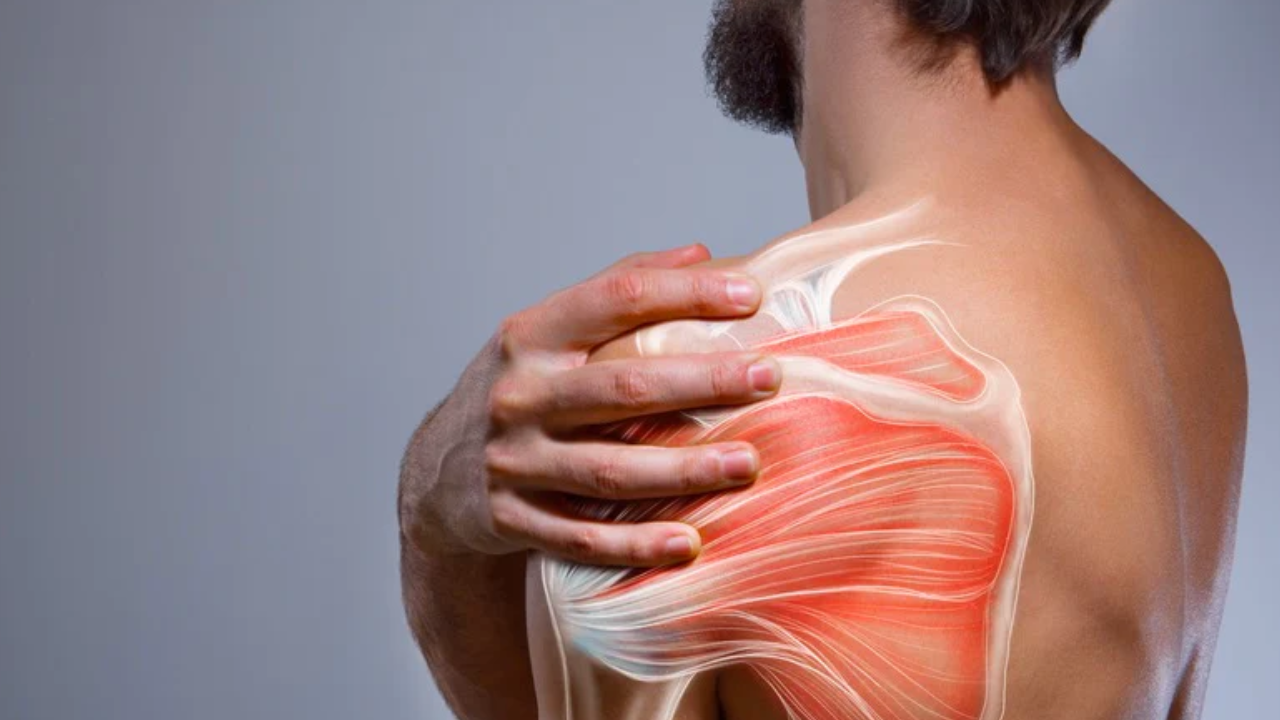Edmond likes to share design blog posts on social media and in online forums. He has a degree in Graphic Design, and he loves working with Adobe Photoshop and Illustrator. In his spare time, Zachary enjoys hiking and camping with his friends.

Using low-level laser light to penetrate deeply into tissues and speed up natural healing processes, Deep Tissue Laser Therapy is an innovative medical treatment. This therapy efficiently resolves musculoskeletal disorders, inflammation, and chronic pain while being non-invasive and painless. It is especially helpful for illnesses like arthritis and sports injuries because it increases blood flow and decreases edema by promoting cellular activity.
For those who want to relieve their suffering without using drugs or surgery, Deep Tissue Laser Therapy offers a precise, targeted option. click here for more information about Deep Tissue Laser Therapy. Its sought-after alternative status stems from its quick, successful outcomes, which highlight its promise as a cutting-edge, practical method of treating a range of health issues.
How Much Time Does A Normal Deep Tissue Laser Therapy Session Last?
Depending on the area being treated and the particular treatment plan, a Deep Tissue Laser Therapy session may last different lengths of time. Most treatments take five to fifteen minutes, though some may need more than one session to get the best effects. The length of a session will be decided by the therapist or healthcare practitioner based on the patient’s condition and therapeutic response.
Uses for Deep Tissue Laser Therapy
Deep Tissue Laser Therapy (DTLT) is a medical procedure that speeds up the repair of deep tissues by stimulating cellular activity with focused laser light. It has numerous uses in a variety of medical specialties. The following are some typical uses for deep tissue laser therapy:
Pain Management:
One of the most prominent uses of DTLT is in the field of treating pain. Treating chronic pain problems including fibromyalgia, arthritis, and lower back pain can be difficult. To combat this, DTLT lowers inflammation and encourages the body’s natural analgesics, endorphins, to be released. It offers patients an alternative to pharmaceuticals for pain management because of its capacity to alter pain signals at the cellular level.
Orthopedic problems:
Degenerative joint diseases, bursitis, and tendinitis are just a few of the orthopedic problems for which DTLT has shown promise in treatment. Patients looking for alternatives to surgery or medicine may find the therapy to be appealing due to its capacity to hasten tissue repair, lower inflammation, and enhance blood circulation.
Sports Injuries and Performance Enhancement:
To perform at their best, athletes frequently have injuries that must heal quickly. For the treatment of acute injuries such as contusions, sprains of the ligaments, and strains of the muscles, DTLT has found a place in sports medicine. To improve tissue resilience, lower the chance of injuries, and improve overall sports performance, it is also being utilized more and more as a preventive strategy.
Wound Healing:
Chronic wounds may take a long time to heal, regardless of the cause—diabetes, vascular problems, or other underlying disorders. By stimulating collagen synthesis, raising cellular metabolism, and improving blood flow to the injured area, DTLT quickens the healing process of wounds. This renders it an invaluable instrument in the field of wound care, providing a non-invasive and effective method for handling intricate cases.
Applications in Dermatology:
DTLT is used in dermatology to treat a variety of skin disorders due to its therapeutic effects. Among the dermatological conditions that DTLT can help with are acne, psoriasis, and eczema. The therapy is a potential alternative in the field of aesthetic and cosmetic dermatology as well because of its anti-inflammatory effects and capacity to stimulate tissue repair, both of which lead to enhanced skin health.
Neurological Problems:
DTLT exhibits promise in treating some neurological problems, despite being a field of research that is still in its infancy. For example, peripheral neuropathy, which results in pain and numbness, is caused by damage to the peripheral nerves. Due to its ability to increase blood flow and decrease inflammation, DTLT may be able to improve nerve function and lessen the symptoms of some illnesses.
Finally
As evidenced by its effectiveness in pain management, orthopedics, and other fields, deep tissue laser therapy (DTLT) is a promising new development in healthcare. DTLT has enormous potential to revolutionize therapeutic techniques because it is a non-invasive, multipurpose treatment. DTLT is positioned to be a leader in medical interventions of the future due to its revolutionary effect on healing and well-being and growing progress.
